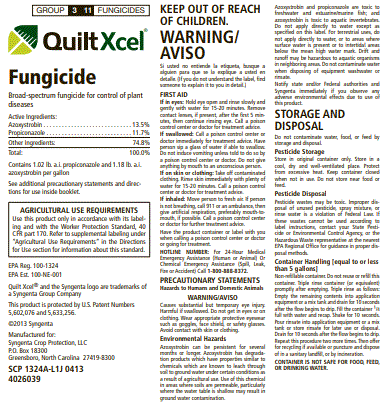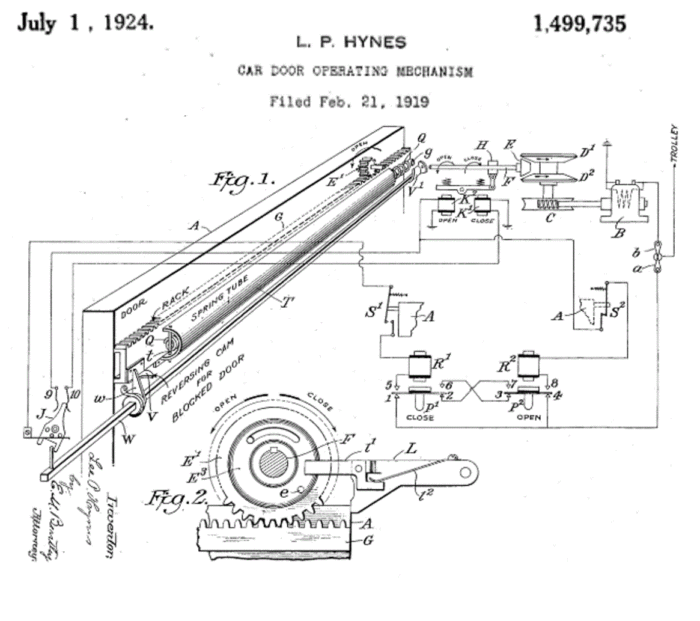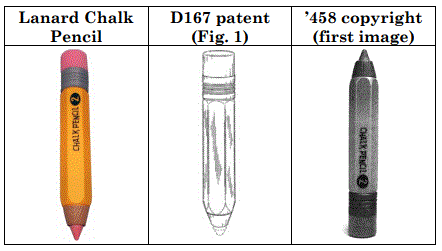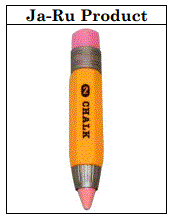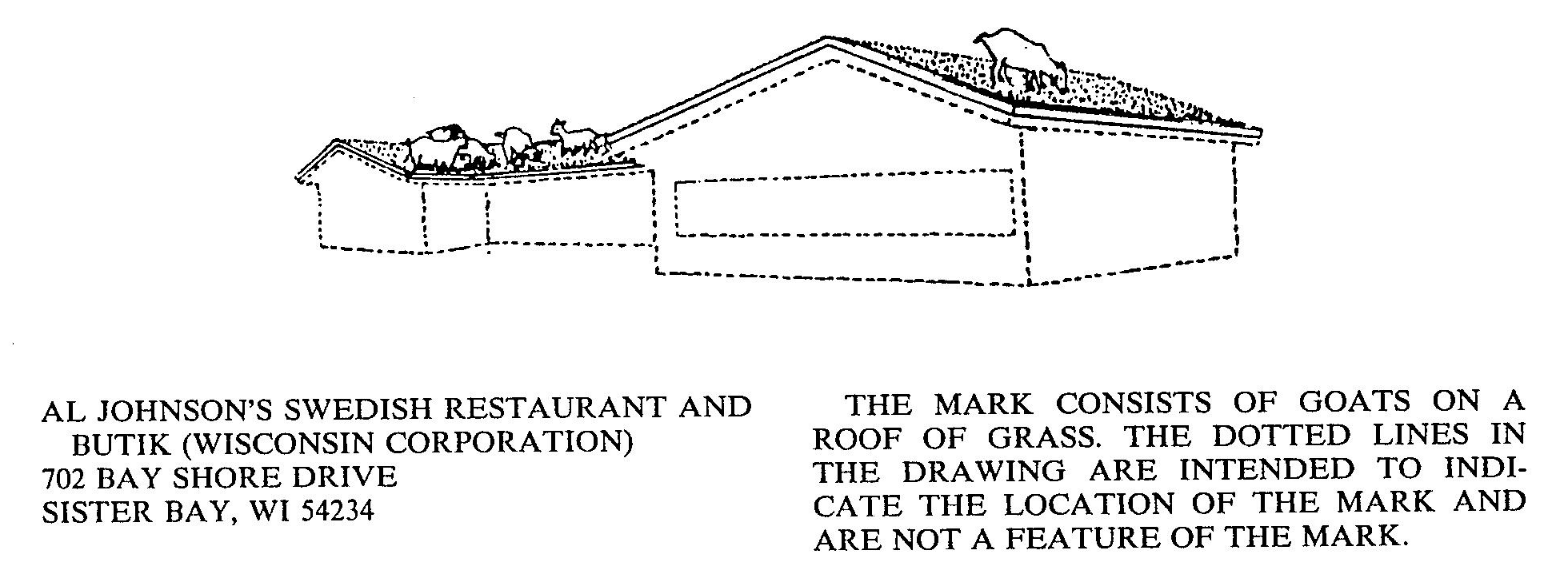Guest Post by Colleen V. Chien and Evan Hastings, Santa Clara University School of Law*
The COVID pandemic has created an urgent need for innovation to protect against, treat, test for, and eventually, inoculate against the virus. To save time and lives requires collaboration, making it an opportune time to strengthen the capacity of the patent system, as one part of the much larger innovation ecosystem,[1] to coordinate and include, among multiple innovators, not only to protect and exclude.
A few years ago, one of us wrote a pair of articles[2] about the importance of contextual patent disclosure (meaning information about, for example, patent ownership, licenses and pledges, and government interests in patented innovation) for open innovation and argued for greater investments and attention to such non-traditional forms of “patent disclosure.” During the COVID crisis, the demand for just this sort of contextual information – most recently by Reps. Lloyd Doggett and Rosa DeLauro, who have asked Gilead for a detailed breakdown of remdesivir patents, applications, and licenses supported with government funding – underscores its usefulness for government accountability as well, especially as the US government commits billions of dollars (some of which is already bearing fruit) to fund COVID innovation. Contextual information can also facilitate voluntary licensing, a market-based “third” way in the access v. innovation debate.[3]
The USPTO’s recently-launched Patents 4 Partnerships platform, the US-based Open Covid Pledge, and Japan-based Open Covid-19 Declaration represent important efforts to provide contextual information about patent owner intents (to share and license technology) to the public. These efforts, as well as others to provide immunity to makers of personal protective equipment (PPE) and supplies are profiled below. Building on previous work, here are several other steps that could bolster collaborative innovation and patent disclosure, on coronavirus and in general. Many could be taken by the USPTO and other agencies as executive actions and do not require Congressional authority:
- Early Publication: to enable faster tech transfer and licensing, patent offices could encourage the publication of applications prior to the 18-month mark (as permitted by 37 C.F.R. § 1.219), to support a potential move to a default to open that applicants could opt-out of.
- Improve reporting of government interests and patent owners: collaboration, licensing, and tracking of taxpayer investment depends on complete and consistent patent ownership information which, for a variety of reasons, is lacking. Using AI and other approaches, the USPTO could work, independently and with other agencies, to improve the accuracy and completeness of patent ownership as well as government ownership and government inventorship information, as called for by Professor Arti Rai and her co-authors as well as previous USPTO rulemakings.[4]
- Patent-product data: the product to which a patent is associated provides crucial context for understanding the technology. Since the America Invents Act authorized virtual marking, companies have put product-patent information on company websites (see this disclosure by 3M of relevant respirator patents) to put potential infringers on notice in accordance with the virtual patent marking doctrine. The FDA’s Orange and Purple Books list the patents associated with FDA-approved pharmaceutical products. Consolidating (and even enhancing, as Professor Jeanne Fromer has called for) patent-product information in the patent registry could reduce the considerable search costs associated with discovering the products associated with patents and vice versa[5]and enhance technology learning made possible by but not necessarily through the patent. (See Professor Jason Ratanen’s theory of peripheral disclosure.)
- Federating and encouraging license, pledge, defensive-only, and other contextual patent disclosures: public companies are required to publicly disclose material technology licenses with the SEC in often the only public disclosure of these agreements. Moderna’s multi-million dollar agreement with BARDA to hasten a COVID vaccine, which has reported early promising results, for example, is slated to be released with this process. Making it easier to find such licenses would help drive greater accountability and market transparency. Extending the Patents 4 Partnerships platform to include pledges or otherwise making it easier to record them, by patentees or third parties would help preserve them and document reliance, enhancing their enforceability. (See also Professor Jorge Contreras’ “Patent Pledges” database) Going further and offering a “defensive-only” patent option or other disavowal of patent enforcement similar to existing license of right schemes, for example in exchange for a fees discount, could vastly expand the size of technology “whitespaces.” (See also Professor Toshiko Takenaka’s idea of Inclusive Patents for open innovation).
Like the initiatives described below, these steps would help unify a fragmented, noisy landscape of innovation information supporting open innovation within, not outside of, the existing patent system.
Open Covid Patent Pledge / Covid-19 Declaration
Adoptees of the US-based Open Covid Pledge, created by Professors Jorge Contreras, Mark Lemley, and others, promise to share their patents and related intellectual property on non-exclusive, royalty-free, worldwide terms for the purpose of ending the COVID pandemic. To do so, an adoptee makes a public announcement of intent and then implements one of the three licenses, all of which grant rights to patent and regulatory exclusivities until one year after the WHO declares the end of the pandemic or Jan 1, 2023, whichever comes earlier or a compatible variant and notifies the Pledge. Nearly 20 companies, including tech giants Microsoft and IBM have signed on, with details about each company’s commitment linked to from the Pledge website. Most members have provided access to their entire patent portfolio; while others have instead pledged a particular technology, such as the New Jersey Institute of Technology, or copyrights, like Skopos Labs. Over twenty of Japan’s major corporations have made a similar commitment to not assert some 300,000 patents through the Open Covid-19 Declaration, including two leading suppliers of COVID tests, LSI Medience and SRL Inc, and Teijin Limited, a Japanese pharmaceutical and information technology company. IAM has reported that the initiative, led by Canon, has reached out to thousands of Japanese companies and intends to expand to companies in China and Korea as well. Though no contract is ever signed, the pledges rely on estoppel and implied license theories for enforceability. For an analysis under US law, see Pledge Co-founder and Creative Commons GC Diane Peters’ whitepaper.
With permissions secured, the next question is how to find technologically relevant IP. The lightweight nature of the Open Covid Pledge makes it, as founder Jorge Contreras has described, “a start” at doing so. Innovators can use traditional search tools, but without context, in particular reliable assignee or product information, may be hard-pressed to find relevant technology. A few pledging companies have supplied some contextual disclosure – Hewlett Packard Enterprises, for example, has highlighted the use of wifi technologies to create a floating hospital in Italy and Sandia National Labs has a search database that is broken down by technology – but the task of finding relevant, safe-from-suit technology remains with the innovator. Due to these features, the Open Covid Pledge is likely to serve primarily as a useful non-assertion covenant that helps to clear the path for innovation, at least until Jan 1, 2023.
Patents 4 Partnerships
While the Open Covid Pledge and Non-Assertion Declaration described above provide freedom to operate in view of hundreds of thousands of patents, the USPTO’s recently launched Patents 4 Partnerships platform makes it easier for potential technology partners to find one another, as one of us previously called for. It does so by enabling patentees to indicate, and enabling the public to discover, the availability of technology for licensing, currently of about ~200 assets. Director Iancu described the platform as “a meeting place that enables patent owners who want to license their IP rights to connect with the individuals and businesses who can turn those rights into solutions for our health and wellbeing.” In this initial launch, the platform includes a searchable repository of patents and published patent applications related to the COVID-19 pandemic available for licensing. In the future, the USPTO intends to consider expanding to other areas of technology.
Platform listings link to license information pages such as this one; most patent assets have been filed within the past 5 years. Currently, the majority of available listings are from universities and federal labs such as the Federal Laboratory Consortium for Technology Transfer, the AUTM Innovation Marketplace, the National Institutes of Health, NASA, and other government agencies. Neither the idea of hastening commercialization of government inventions, nor the idea of a licensing registry are new. Several years ago, the World Intellectual Property Organization established a marketplace for green technologies called WIPO Green. In 2008, the Eco-Patent Commons was established to facilitate green technology transfer from firms pledging their technology. Unfortunately, the Common was shut down in 2016 with Professors Bronwyn Hall and Christian Helmers finding no evidence that it increased the diffusion of pledged innovation. A 2019 study in the Houston Law Review by the authors and Professor Jorge Contreras based on numerous interviews identified several structural issues, providing an excellent background read for designers of licensing or pledge platforms seeking to learn from the past. One concrete step would be to ensure that there is a mechanism for tracking usage, to drive iteration and improvement. IP owners are encouraged to submit via a form technologies related to COVID-19 that are available for licensing.
Good Samaritan and Other Immunities
The maker movement has made extraordinary contributions to the COVID response. Timothy Kroninger and Edward H. Rice suggest that good samaritan law, stemming from “public necessity” doctrine, can immunize makers from claims of infringement during the COVID crisis due to the imminent need for medical supplies. Additionally, attorneys from Arnold & Porter have identified the Public Readiness and Emergency Preparedness (PREP) Act and Defense Production Act (DPA) as the source of several, limited regulatory immunities for innovators. These cover approved and unapproved medical supplies made for emergency use, and government contractors for any act or failure to act resulting directly or indirectly from compliance with a rule, regulation, or order, respectfully.
Conclusion
As innovators around the world rise to the challenge of collaboratively finding Covid solutions, the
Patents 4 Partnerships platform, Open Covid Pledge, and Open Covid-19 Declaration demonstrate the clarifying and coordinating informational role the patent system can also play. Four additional steps that deserve consideration during this unprecedented moment include: encouraging early publication; improved reporting of government interests, inventors and patent owners; consolidating patent-product data; and enabling and federating license, pledge and other contextual patent disclosures. Such investments in contextual patent information, like the Patents 4 Partnerships platform, can help accelerate not only Covid innovation, but open innovation in general.
*Evan Hasting is a Graduate Fellow and 2019 graduate of Santa Clara School of Law, and Colleen V. Chien is a Professor at Santa Clara University School of Law.
[1] Professor Lisa Ouellette’s Written Description blog is providing excellent coverage of innovation developments related to COVID by a team of Professors including, in addition to Professor Ouellette, Jake Sherkow, Rachel Sachs, and Nicholson Price.
[2] Colleen V. Chien, Contextualizing Patent Disclosure, 69 Vand. L. Rev. 1849 (2016); and Colleen V. Chien, Opening the Patent System Diffusionary Levers in Patent Law, 89 S. Cal. L. Rev. 793 (2016).
[3] Activated, for example, in the recent call by world leaders for a “patent-free” People’s Vaccine.
[4] The Global Patent Registry developed by IPwe is attempting to use blockchain to solve the ownership tracking problem.
[5] It appears that this site http://www.iproduct.io/data by Professor Gaétan de Rassenfosse will at some point release such a database, at this point, it says, “the data will be released as the underlying papers get published.”
Comments on this post have been disabled.
